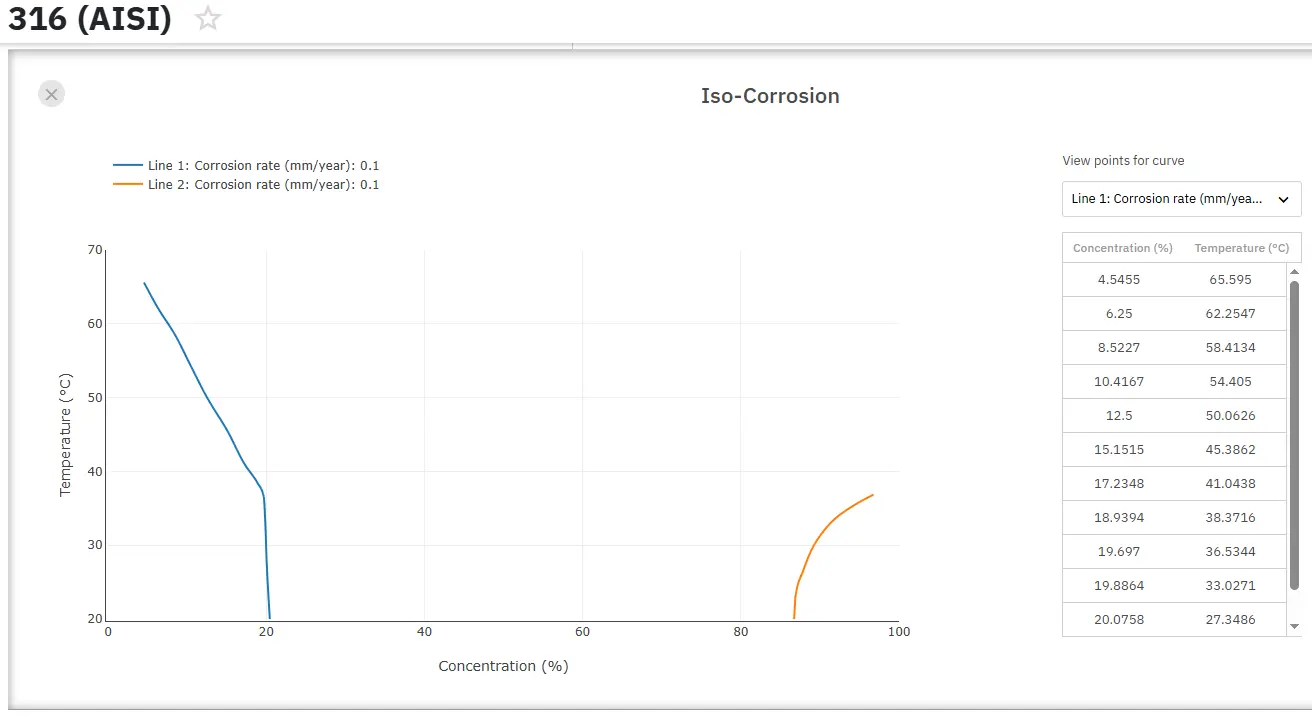Corrosion of Carbon Steel
Abstract
This comprehensive article examines the corrosion behavior of carbon steel, the most widely used engineering material globally. It explores various types of corrosion affecting carbon steel, including atmospheric, aqueous, and soil corrosion, while analyzing the impact of environmental factors and alloying elements on corrosion resistance. The study highlights protective measures and factors influencing corrosion rates across different applications, from marine environments to industrial settings, providing valuable insights for engineers and materials scientists working with carbon steel structures and equipment.
Introduction to Carbon Steel Corrosion
Carbon steel, accounting for approximately 85% of annual steel production worldwide, remains the backbone of industrial infrastructure despite its limited corrosion resistance. Its applications span marine installations, nuclear and fossil fuel power plants, transportation systems, chemical processing facilities, petroleum production, pipelines, mining operations, construction projects, and metal-processing equipment.
The economic impact of metallic corrosion reaches hundreds of millions of dollars annually. As carbon steels constitute the largest class of alloys in use, both in tonnage and cost, their corrosion presents a significant industrial challenge, spawning entire industries dedicated to developing protective systems.
Composition and Corrosion Resistance
Carbon steels typically contain less than 2% by weight of alloying elements. While these limited additions generally don't dramatically improve corrosion resistance, weathering steels represent an exception. Small additions of copper, chromium, nickel, and phosphorus can significantly reduce corrosion rates in specific environments.
Types of Corrosion
Atmospheric Corrosion
Atmospheric environments are classified as rural, industrial, or marine. Corrosion rates vary significantly based on factors including:
- Average yearly temperature
- Rainfall patterns
- Mean temperature
- Presence of acid rain
- Relative humidity
- Atmospheric pollutants
The corrosion process requires both oxygen and water, with even a thin adsorbed water film sufficient to initiate the process. Exposure time to moisture, particularly influenced by relative humidity, plays a crucial role in determining corrosion rates.
Aqueous Corrosion
Water exposure presents varying corrosion challenges depending on:
- Temperature
- Flow rate
- pH levels
- Solution composition
In acidic conditions, hydrogen evolution prevents protective film formation, while alkaline solutions promote protective films that reduce corrosion rates. Seawater corrosion, while similar in overall rate to freshwater, tends to cause more localized pitting due to higher electrical conductivity.
Table 1. Comparison of results under different type of exposure
| Effects of alloy selection, chemical composition and alloy additions | Sea air | Freshwater | Alternately wet with seawater or Spray and dry | Continuously wet with seawater |
| Ferrous alloys | Pockmarked | Vermiform on cleaned bars | Pitting, particularly on bars with scale | Pitting, particularly on bars with scale |
| Wrought iron versus carbon steel | Steel superior to wrought and ingot irons | Iron and steel equal in low-moor areas | Low-moor iron superior to carbon steel | Low-moor iron superior to carbon steel |
| Sulfur and phosphorus content | Best results when S and P are low | Best results when S and P are low | Best results when S and P are low | Apparently little influence |
| Addition of copper | Beneficial: Effect increasing with copper content | Beneficial: 0.635% Cu almost as good as 2.185% Cu | Beneficial: 0.635% and 2.185% Cu much the same | 0.635% Cu slightly beneficial: 2.185% Cu somewhat less so |
| Addition of nickel | 3.75% Ni superior even to 2% Cu; 36% Ni almost perfect after 15-year exposure | 3.75%Ni superior even to 2%Cu; 36%Ni excellent resistance | 3.75%Ni beneficial usually more so than Cu: 36%Ni the best metal in the set | 3.75% Ni slightly beneficial and slightly superior to Cu: 36% Ni the best metal in the set |
| Addition of 13.5% Cr | Excellent resistance to corrosion: cold blast metal perfect after 15-year exposure: equal to 36% Ni steel | Excellent resistance to corrosion: equal to 36% Ni steel | Subject to severe localized corrosion that virtually destroys the metal | Subject to severe localized corrosion that virtually destroys the metal |
| Behavior of cast irons | Excellent resistance to corrosion: cold blast metal superior to hot: no graphitic corrosion | Undergoes graphitic corrosion | Undergoes graphitic corrosion | Undergoes graphitic corrosion |
Soil Corrosion
Soil corrosion severity depends primarily on:
- Soil composition
- Moisture content
- Oxygen availability
- Electrical conductivity
- Acidity levels
- Dissolved salt content
The corrosion rate can be expressed mathematically as Z = a·tm, where Z represents weight loss or maximum pit depth, t is exposure time, and a and m are situation-specific constants.
Access Precise Corrosion Properties Now!
Total Materia Horizon contains corrosion behaviour and property information for hundreds of thousands of materials, accross more than 2,000 media.

Get a FREE test account at Total Materia Horizon and join a community of over 500,000 users from more than 120 countries.